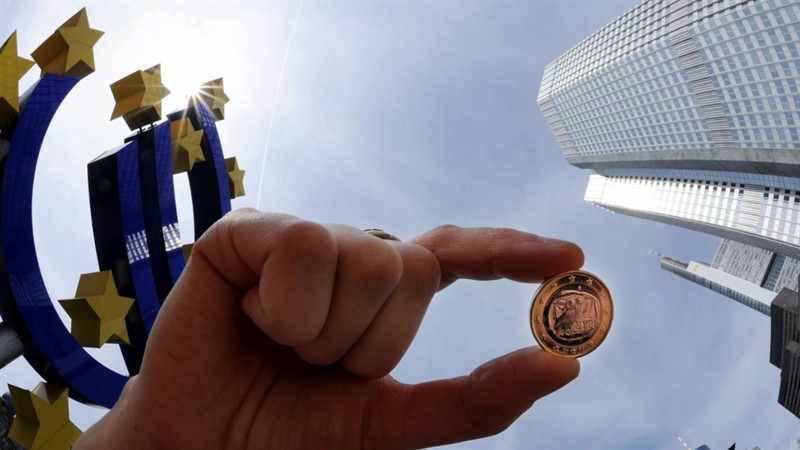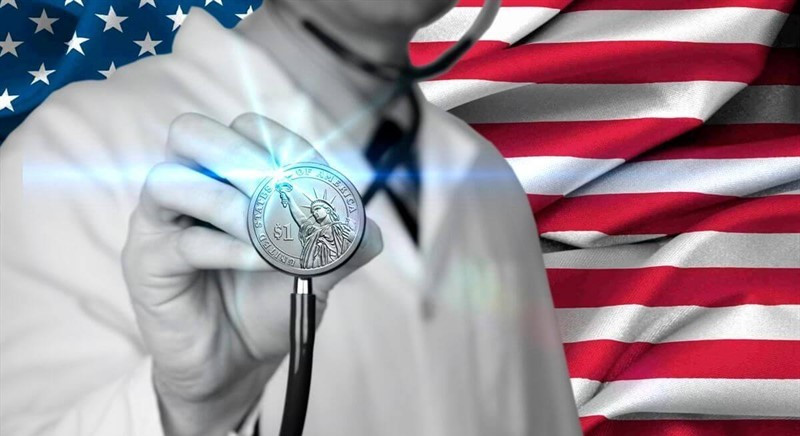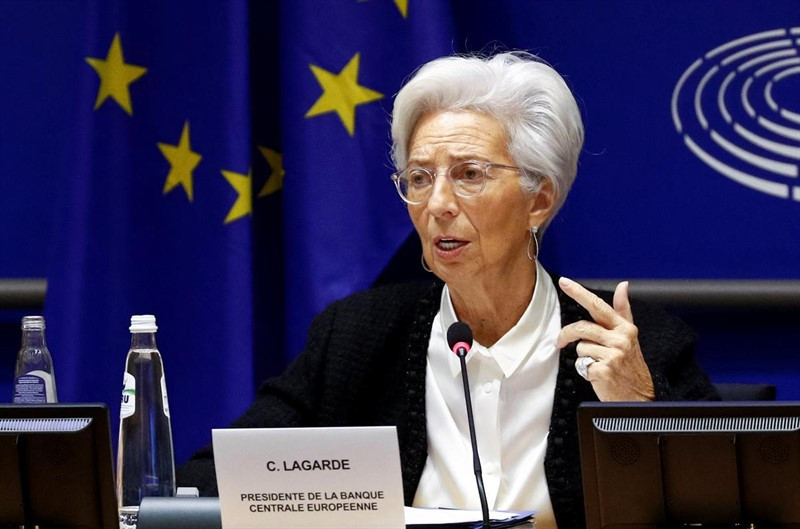
Global stock indices continue to grow by leaps and bounds, ignoring the risks of the second wave of the coronavirus pandemic, mass protests in the United States, ongoing tensions between Washington and Beijing, as well as the White House's renewed of digital taxation in the EU against US companies, which could result in an introduction of new duties from the White House against Brussels.
A confident rally of the S&P 500 index, apparently, indicates that investors consider the economic consequences of social unrest limited and short-lived. However, given that economic activity in the US has already been suppressed by the COVID-19 pandemic, these protests could slow down the recovery of the national economy, which could potentially cost billions of dollars in lost profits. In the meantime, it looks as if investors have decided to close their eyes to current events and find solace in the news that China may continue to import American soybeans, and the liquidity flow will not run out in the foreseeable future.
It seems that the markets still believe in a V-shaped recovery of the US economy, contrary to statements by representatives of the Federal Reserve and the Budget Office of Congress on the long process of returning US GDP to the trend.

And here a completely logical question arises as to who is right: markets or politicians? The latter are anxiously looking to the future and are considering ever new measures to support the economy. One gets the impression that investors were carried away by buying stocks on the rebound and went too far, buying back the March collapse.
A similar thing had already happened earlier this year, when the S&P 500 index vigorously conquered new heights in January with an increasing epidemiological threat. Now the same can be said about the foreign exchange market, where technical indicators indicate the oversoldness of the dollar to a wide range of currencies, including the euro.
Due to the improvement in global risk appetite, the USD index slipped to a three-month low, and according to Wall Street, the upward trend of the greenback was probably coming to an end. According to Citigroup experts, in a situation where the Fed's interest rate is close to zero and the potential growth of US GDP is lower than in the rest of the world, one can observe how the greenback enters the bearish market, which will last from five to ten years. Strategists of Deutsche Bank, The Goldman Sachs, and JP Morgan take a similar position, which recommends investors to reduce the share of American currency in portfolios.
Amid growing general market optimism and hopes that EU authorities will continue to stimulate the region's economy, the EUR / USD pair rose above 1.12, reaching its highest level since mid-March.

The focus of traders this week is the ECB meeting. Most experts expect ECB chairman Christine Lagarde to announce the expansion of the Pandemic Emergency Purchase Program (PEPP) by at least € 500 billion. Some of them even forecast an increase of € 750 billion - € 1 trillion. Others believe that the Central Bank should leave room for maneuver.
There are three scenarios:
1. QE expansion of € 250 billion.
This option assumes that the ECB will bring the PEPP program to € 1 trillion. Thus, the regulator will signal that it continues to support the EU economy, but is not in a hurry, since the restrictions associated with COVID-19 are already being lifted.
In this scenario, the probability of which is estimated to be high, the EUR / USD pair may show growth, but it will be restrained.
2. Large-scale expansion of QE (by € 500 billion or more).
Some market participants believe that Lagarde learned from her blunder in March when she recklessly stated that it wasn't the task of the financial institute to control the spreads of the European debt market and could announce an increase in the emergency fund by € 500 billion or even more.
The likelihood of such a scenario is average. Although such measures would support the EU economy, Lagarde and the doves of the ECB Governing Council would have to be convinced of the need for hawks. In this case, the EUR / USD pair would rise.
3. No new measures.
This option implies that the ECB will be satisfied with the pace of lifting restrictions amid improved statistics on COVID-19 and will not resort to urgent measures. Thus, the regulator will give markets a signal that it is worth waiting for new measures in July.
In a similar scenario, which seems unlikely as the European economy continues to suffer due to the pandemic, the EUR / USD pair may fall. In addition, this will be considered a concession to the German Constitutional Court.
Thus, the larger the expansion of the PEPP program, the better for the euro. The lack of action on the part of the ECB will put pressure on the single European currency.





















